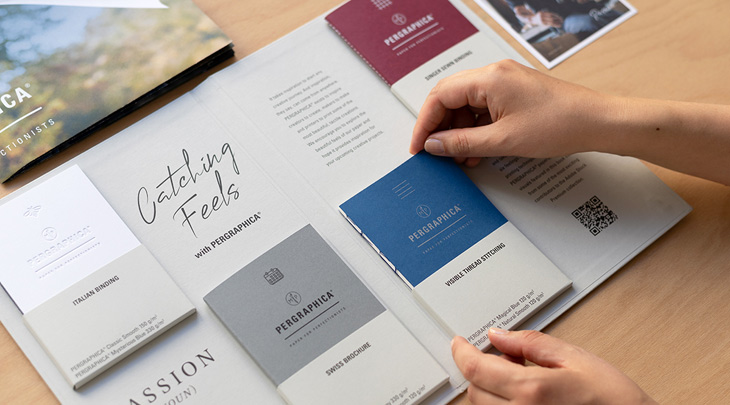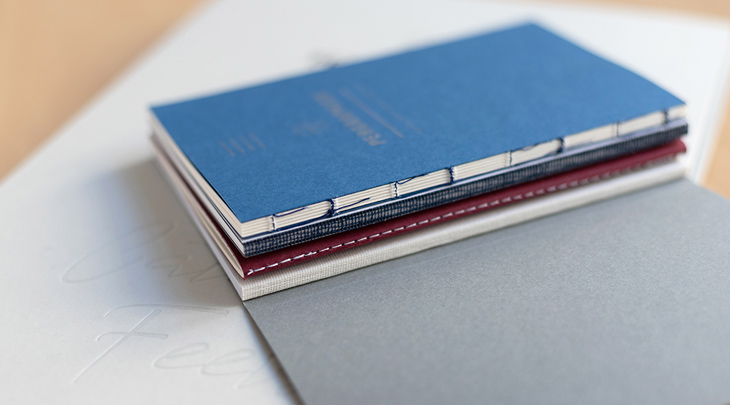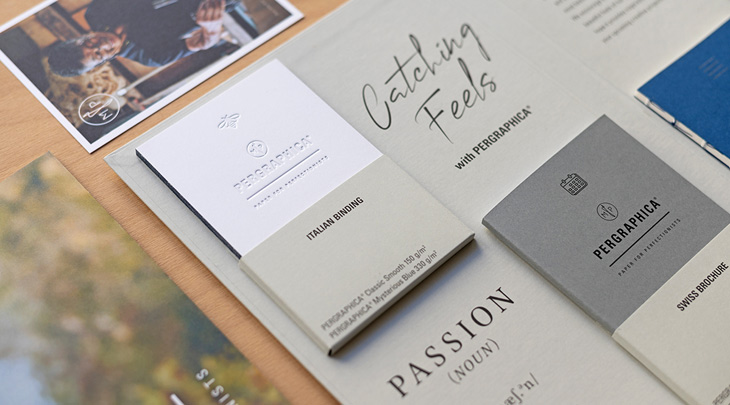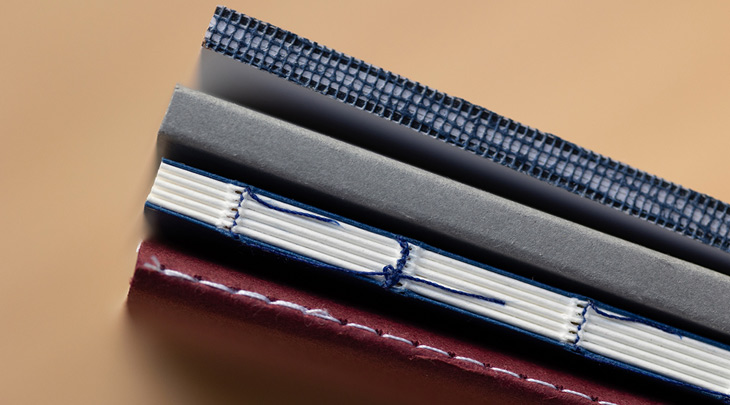There is an undeniable appeal to seeing how pages are bound together, rather than having those threads, cloth tapes and adhesives tucked away behind a cover, so for our latest edition of the PERGRAPHICA® Post, we show you four binding techniques that will make your book stand out.
These statement bindings perfectly pair with the look and feel of PERGRAPHICA®, creating a sensual experience for readers.




